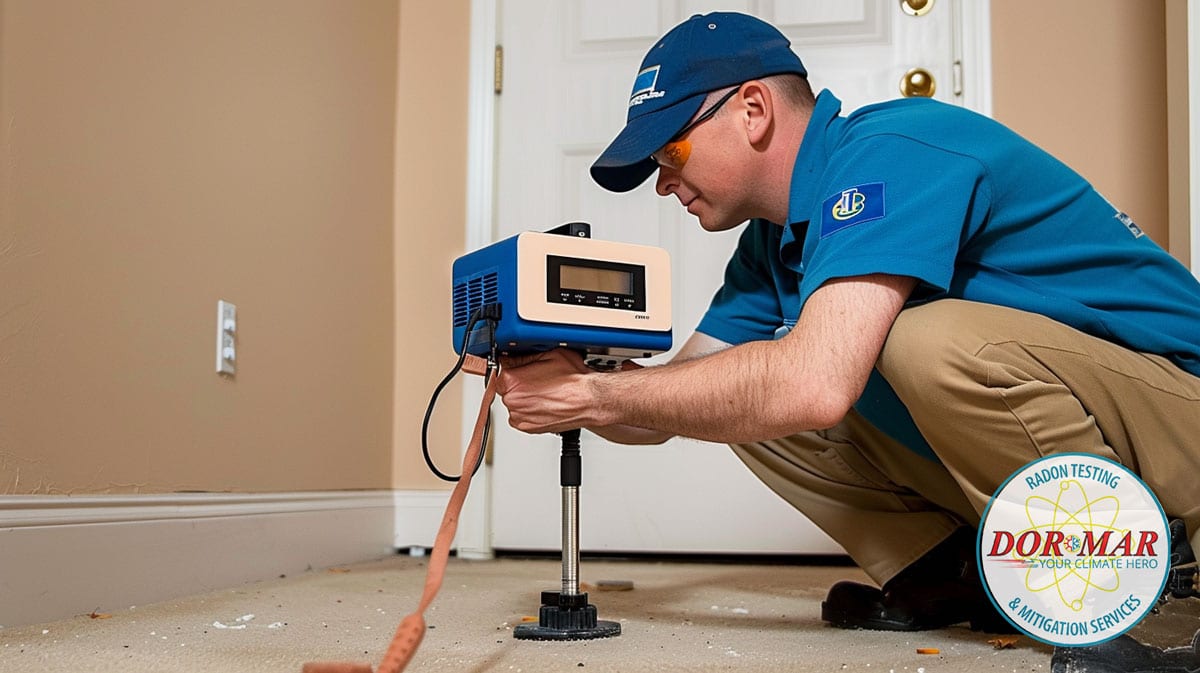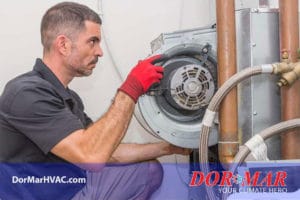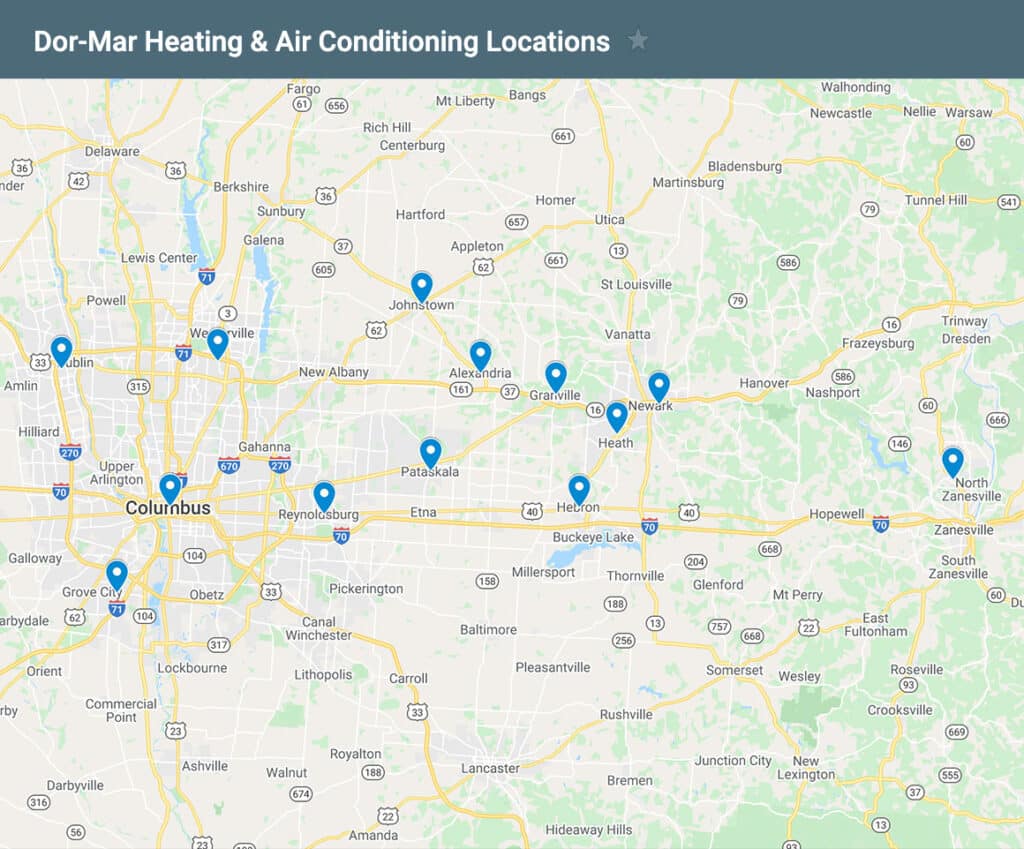Radon is an invisible, odorless gas that can pose a serious health risk to you and your family. If your home has high radon levels, you need to act fast to reduce exposure. Ignoring this issue can lead to long-term health problems, including lung cancer. In this guide, we’ll walk you through what radon is, how to test for it, and the steps you need to take to lower dangerous radon levels in your home.
What is Radon and Why is It Dangerous?
Radon is a naturally occurring radioactive gas that forms when uranium breaks down in soil, rock, and water. It seeps into homes through cracks in the foundation, gaps around pipes, and even through well water.
Long-term exposure to radon is the second leading cause of lung cancer in the U.S., according to the EPA. The danger is that radon accumulates in homes without any noticeable smell or symptoms, making it a silent but deadly threat. The only way to know if you have high radon levels is through testing.
How to Test for Radon in Your Home
DIY Radon Test Kits vs. Professional Testing
Homeowners can test for radon using affordable DIY test kits, available online from the State of Ohio Health Department, or at hardware stores. These kits usually require you to place a detector in the lowest livable space of your home for a few days before sending it to a lab for analysis.
For faster, more accurate results, consider hiring a professional radon tester. Certified professionals use specialized equipment that provides more precise readings and can help you determine the best course of action.
When and Where to Test
Test your home during the winter months when windows and doors are closed more frequently, allowing radon levels to build up. The best areas to test are basements and ground-level rooms where radon is most likely to accumulate.
Understanding Test Results
Radon levels are measured in picocuries per liter (pCi/L). The EPA recommends action if your test results show levels at or above 4.0 pCi/L. Even levels between 2.0 and 4.0 pCi/L may pose a risk, and homeowners should consider mitigation efforts.
What to Do if Your Radon Levels are Too High
If your home tests above 4.0 pCi/L, take immediate action:
- Increase ventilation – Open windows and use fans to help dissipate radon gas temporarily.
- Seal cracks and gaps – Use caulk to seal foundation cracks and openings around pipes.
- Schedule a professional radon mitigation assessment – A specialist can recommend the best long-term solution for your home.
How Does Radon Mitigation Work?
Common Radon Mitigation Methods
The most effective way to reduce radon is through a professionally installed mitigation system. Common methods include:
- Sub-slab depressurization – A pipe-and-fan system removes radon from beneath your home and vents it outside.
- Crawlspace ventilation – Increases air circulation to prevent radon buildup.
- Sealing entry points – Helps reduce the amount of radon entering the home but should be combined with other methods.
Cost Expectations
Radon mitigation costs vary based on the size of your home and the type of system installed. Most homeowners can expect to pay between $800 and $2,500 for professional radon mitigation.
DIY Radon Reduction vs. Hiring a Professional
Some homeowners attempt DIY radon mitigation, such as sealing cracks and increasing ventilation. While these steps may help, they are not always effective in reducing radon to safe levels. Professional mitigation systems provide a long-term, tested solution that ensures safety.
How to Prevent Radon from Returning
- Test your home regularly, even after mitigation.
- Ensure your radon mitigation system is properly maintained.
- When buying a home, ask for recent radon test results and consider mitigation if necessary.
The Biggest Mistake Homeowners Make About Radon
Many homeowners assume radon isn’t a concern if they don’t live in a high-risk area. However, radon can be a problem anywhere, and even homes in low-risk zones can have dangerous levels.
Another common mistake is delaying action after receiving high test results. Prolonged exposure to elevated radon levels increases health risks, so homeowners should address the issue immediately.
Final Thoughts on Radon Safety
Radon is a serious but manageable risk. Regular testing, professional mitigation, and ongoing monitoring are key to ensuring your home remains safe. If your radon levels are high, take action today to protect your family’s health.
Your first step is to contact Dor-Mar Radon Testing and Mitigation to schedule a professional radon test. Dor-Mar employs state-certified technicians in both testing and mitigation, so you can be certain you’ll get accurate results, and you’ll get a comprehensive mitigation plan should your home require treatment. Call 740.675.1103 today to schedule your radon test, or CLICK HERE to use the scheduling form on our Radon page.















